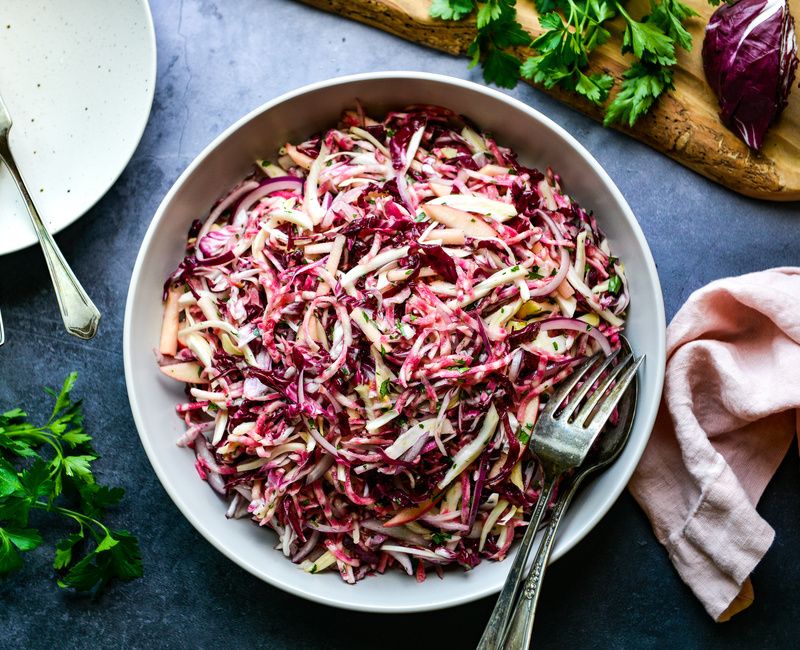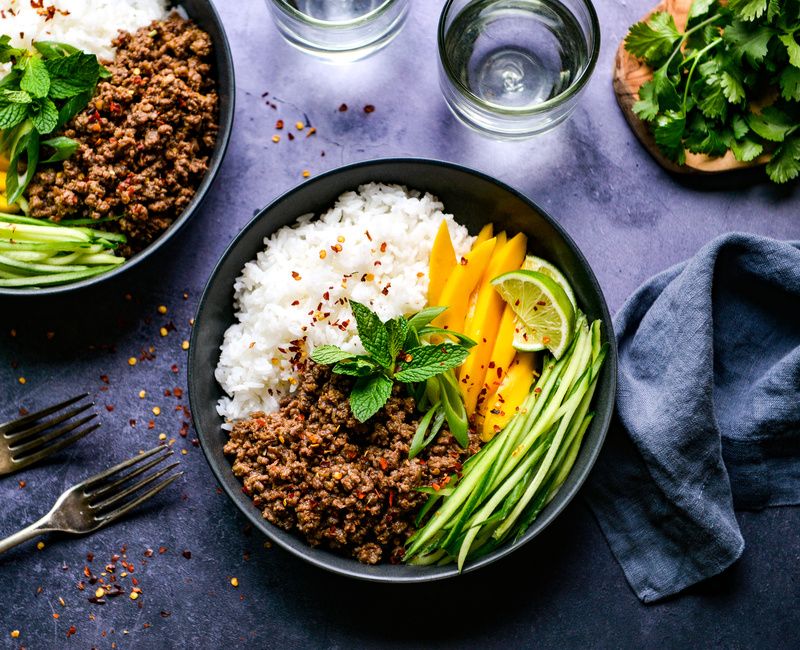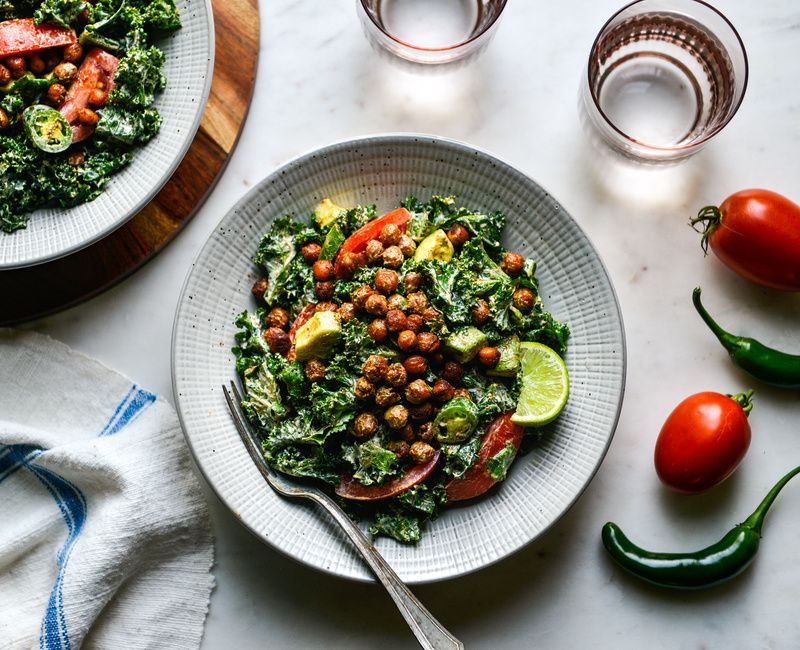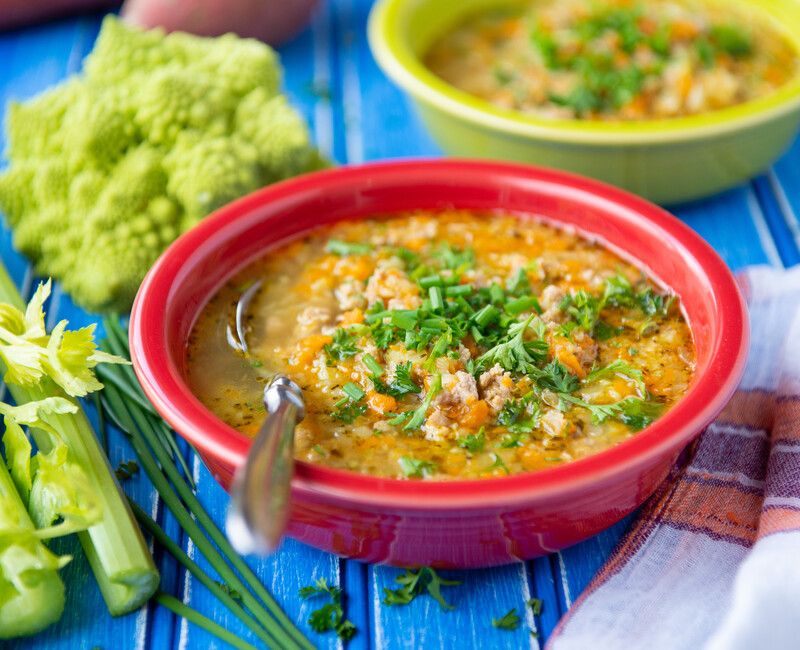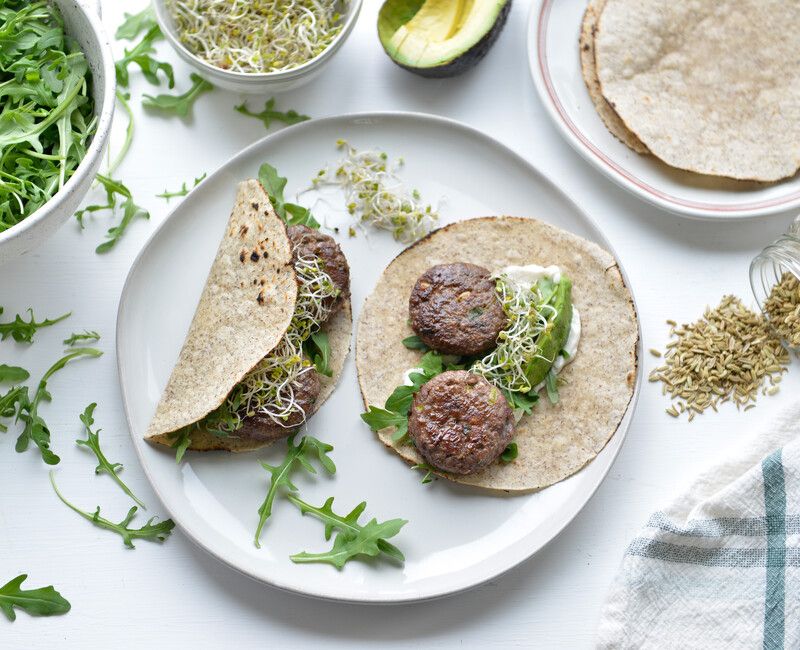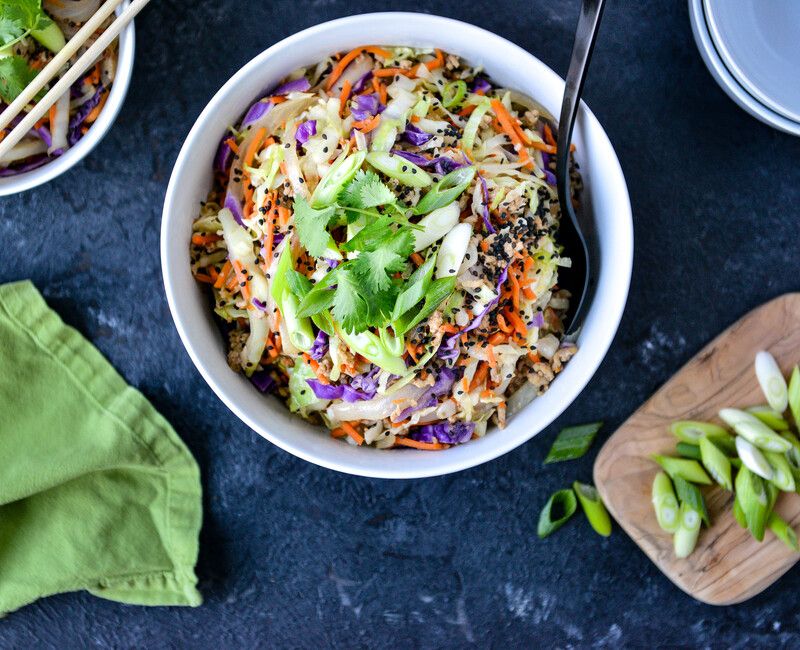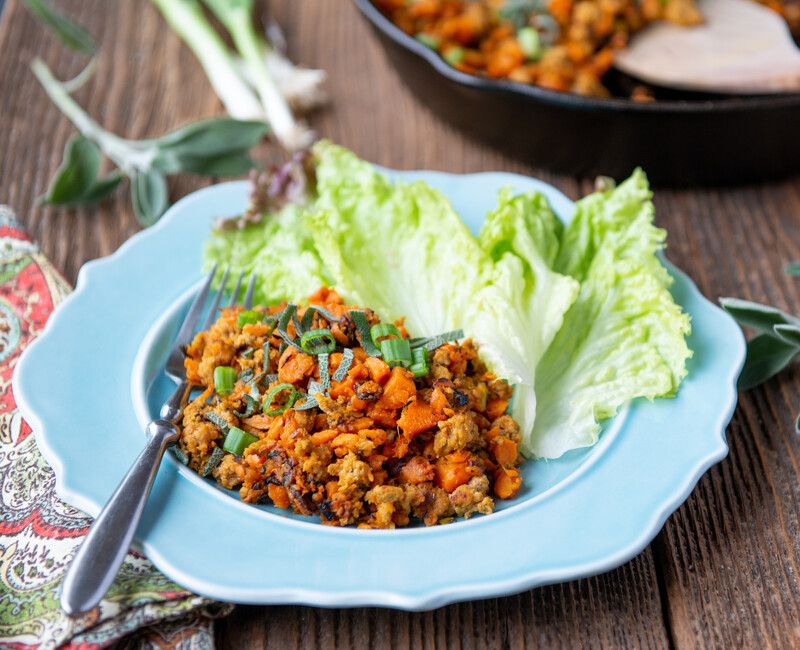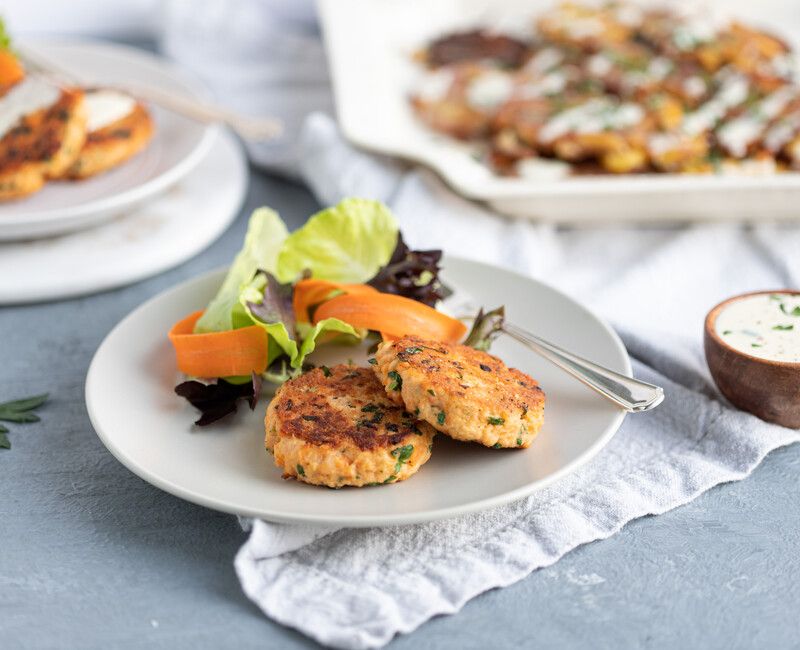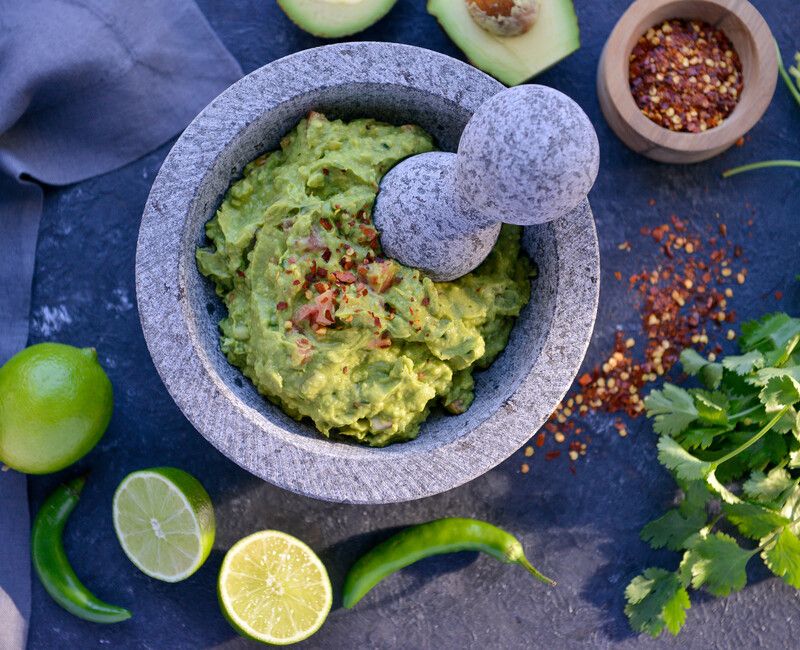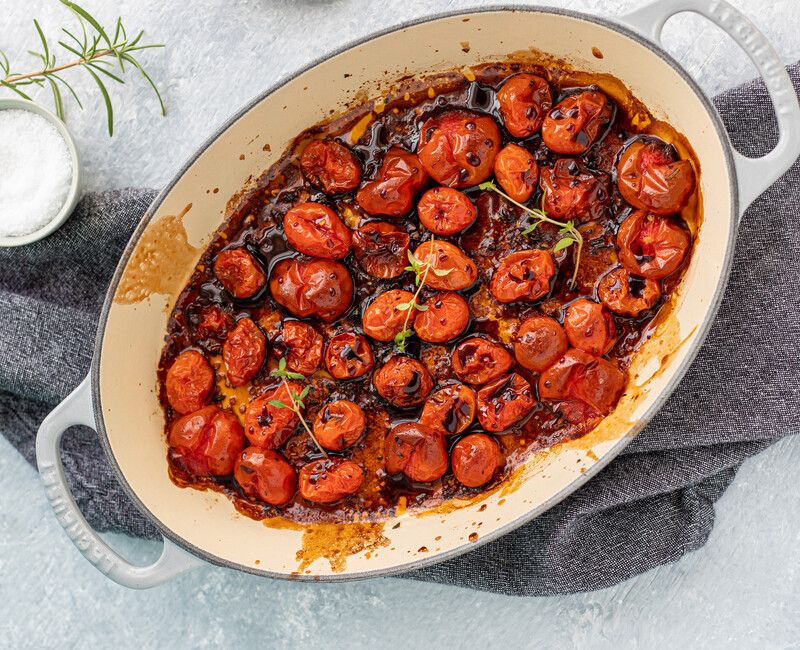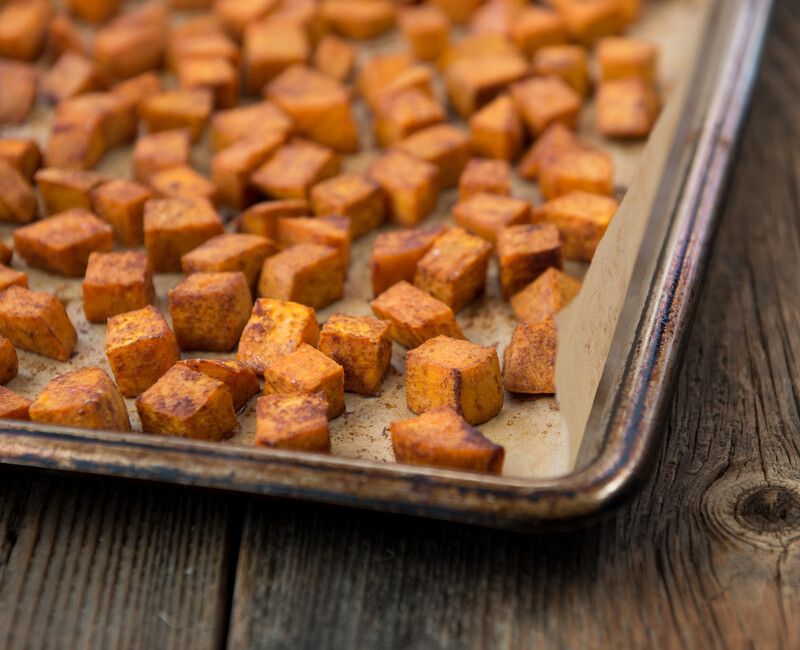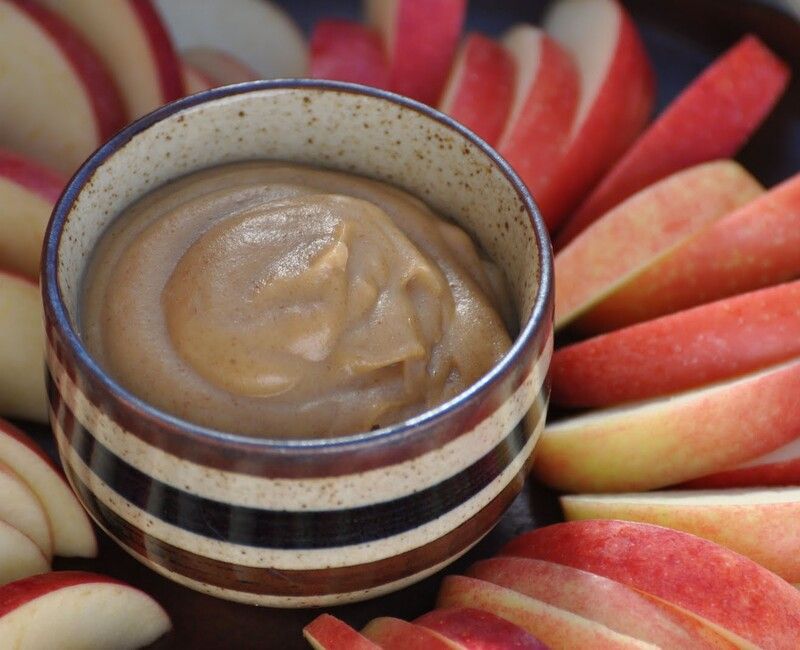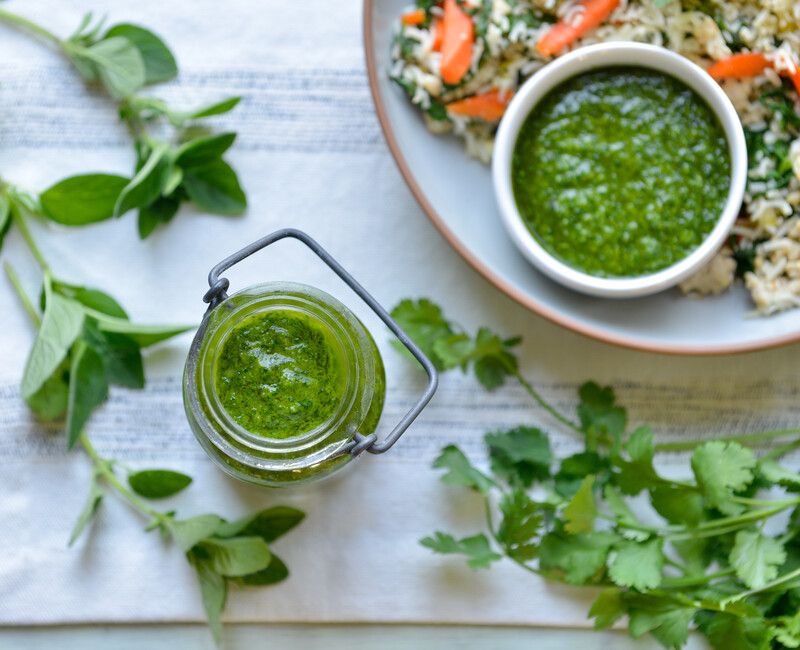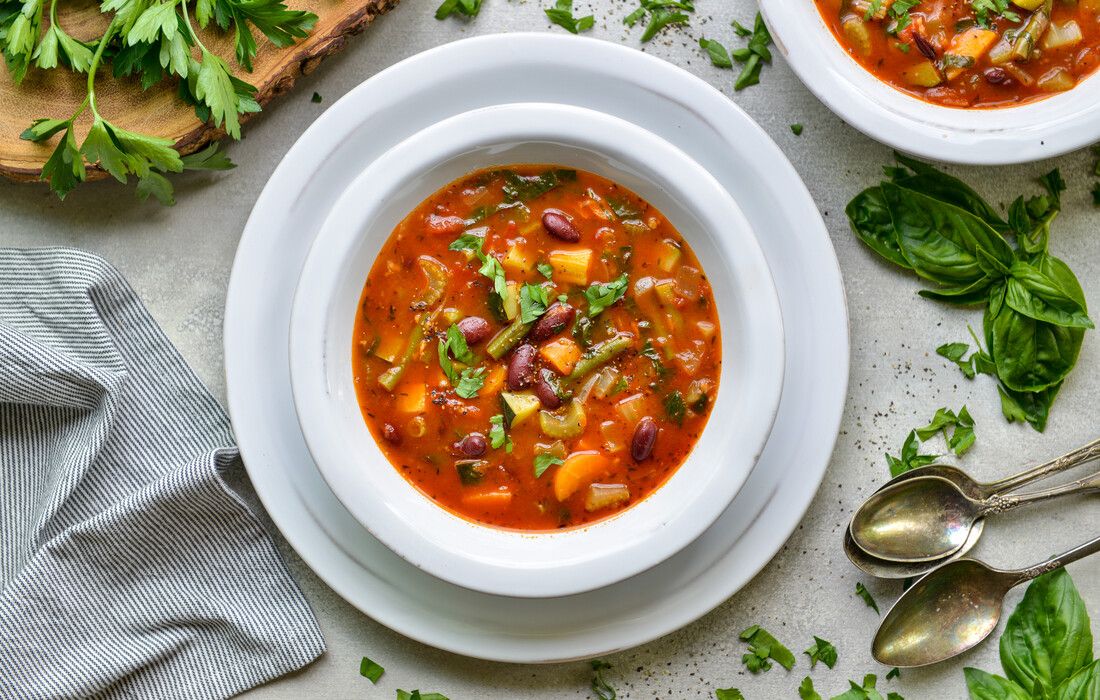There are three different ways food can create inflammation in the body. The first is eating foods that are inflammatory, such as fried foods, highly processed and packaged foods, foods that contain rancid oils and fats, and highly processed meat products. The second way is by consistently eating too many sugars and carbohydrates for your body. High blood sugar can create a cascade of inflammatory events. The third way food can trigger inflammation in the body is by consuming foods your immune system has been primed to react to, which is called a food sensitivity. A food or food group that may be healthy and anti-inflammatory for one person could be the source of a lot of damaging inflammatory chemicals for another person. An anti-inflammatory diet removes the foods that the immune system is most likely to react to; removes sugar from the diet; and focuses on whole, unprocessed foods.
Latest Yeast-Free Diet Recipes
What is an Anti-Inflammatory Diet?
The Anti-Inflammatory diet is a very easy-to-follow elimination diet. The Anti-Inflammatory diet has three primary components: eliminating highly processed foods, controlling blood sugar, and removing the most common food irritants. This diet removes the foods that are considered the most inflammatory or the foods that the majority of people react to when inflammation is chronically present in the body. These foods include gluten, dairy, corn, soy, pork, alcohol, sugar, and processed foods. An anti-inflammatory diet is best done for a minimum of three to six months in order to see results. This is because antibodies made by your immune system to the proteins in wheat can last in your body for up to six months. Therefore, it may take a minimum of six months of being gluten-free for someone who is reacting to gluten to start to feel better.
Every time we eat we tell our genes to turn on inflammatory pathways or turn on anti-inflammatory pathways. The anti-inflammatory diet includes a wide variety of foods that turn down inflammatory pathways in the body such as ginger, berries, beets, carrots, turmeric, green tea, wild salmon, black rice and other whole grains, chocolate, extra virgin olive oil, fresh herbs, pasture-raised meats, cruciferous vegetables, and fermented vegetables.
Foods Excluded on an Anti-Inflammatory Diet:
- Gluten (wheat, rye, barley, spelt)
- Dairy (cow and goat milk and their products)
- Soy (tofu, tempeh, soy milk, edamame, soy beans, soy protein)
- Corn (corn on the cob, masa harina, corn flour, cornmeal, cornbread, popcorn, corn syrup)
- Pork (meat and bacon)
- Sugar (cane sugar and large amounts of coconut sugar or other sweeteners)
- Alcohol (wine, beer, cooking wine, cider, hard liquor)
- Processed foods (including store-bought gluten-free products and breads)
- Processed meats (sausages, bacon, salami)
- Rancid oils and fats (store-bought roasted nuts, processed cooking oils, old oils/nuts/seeds)
Foods Included on an Anti-Inflammatory Diet:
- All vegetables (except corn)
- All fresh or frozen fruits
- Wild or pastured meats (except pork)
- Wild-caught fish and seafood (with an emphasis on cold-water fatty fish)
- Whole grains (except gluten grains)
- Legumes (except soy)
- Raw nuts and seeds (as fresh as possible to avoid rancidity)
- Healthy fats such as extra virgin olive oil, avocado oil, and coconut oil
- Small amounts of pure maple syrup and raw honey (as a treat on occasion)
- Small amounts of anti-inflammatory juices such as unsweetened cranberry juice and pomegranate juice
- Green tea and matcha
- Herbal teas without added flavorings
Beneficial Supplements to support the Anti-Inflammatory Diet:
- Digestive enzymes (taken with the first bite of every meal)
- Curcumin (turmeric)
- Green tea extract
- Boswellia
- Ginger extract
- Resveratrol
- Vitamin E
- Vitamin C
- DHA/EPA purified fish oil
- Glutathione
- Red polyphenol powder
Who is an Anti-Inflammatory Diet for?
An anti-inflammatory diet is an excellent place to start if you are experiencing symptoms of chronic inflammation. This diet will allow you to feel the contrast of what it feels like to remove major food triggers and bathe your body in anti-inflammatory nutrients. If you are experiencing aches and pains, chronic joint pain, arthritis, sluggishness, the feeling of walking through molasses every day, chronic exhaustion, feeling like you need 10 cups of coffee to function, or chronic sleep disturbances, then an anti-inflammatory diet is going to be key to your healing process. It is best to schedule three to six months of strictly following this diet plan. Then a slow reintroduction period to test to see how your body responds to corn, soy, dairy, gluten, pork, sugar, and alcohol.
If you are experiencing these symptoms or conditions, the anti-inflammatory diet may benefit you:
- Chronic pain
- Joint pain
- Arthritis
- Headaches
- Sluggishness
- Brain fog
- Chronic fatigue
- Sleep disturbances
- Leaky gut
- Acne
- Hormonal imbalances
- Obesity
- Weight loss resistance
- Blood sugar regulation issues
- Cognitive decline
- ADD/ADHD
- Autism
How do I do an Anti-Inflammatory Diet?
You'll need to start by doing a pantry and fridge/freezer overhaul to remove all processed foods. It is also important to remove all old cooking oils and nuts and seeds. Begin by stocking your pantry with several staple foods such as extra virgin olive oil, avocado oil, organic brown rice and black rice, chickpeas, lentils, black beans, blanched almond flour, whole grain gluten-free flours, nut and seed butters, coconut milk, and organic jarred tomato products. Stock your freezer with organic berries, pastured meats, and wild fish. Stock your refrigerator with fresh, raw nuts and seeds (use glass mason jars for storage), and fresh organic produce. Start by using some of our pre-made meal plans to plan your meals and grocery shop for needed ingredients.
How do I start the Anti-Inflammatory Diet?
- If you are not already a member on this site then become a Nourishing Meals® member now to get access to all of the recipes and meal planning tools.
- Add Anti-Inflammatory Diet when setting up your user profile or in the recipe search. Include any other foods intolerances you may have, then start adding recipes to your meal planner.
- Join our Nourishing Meals Community Facebook Group to get notified with new recipes and more! Everyone is welcome.
| Plan | Length | Actions |
|---|---|---|
Anti-Inflammatory Thanksgiving |
1 day | Please login to view and schedule plans |
Super Quick Anti-Inflammatory Dinners |
7 days | Please login to view and schedule plans |
Anti-Inflammatory Fall Meals |
14 days | Please login to view and schedule plans |
Meal Prep Detox Recipes |
1 day | Please login to view and schedule plans |
Fall Detox Diet Dinners-1 |
7 days | Please login to view and schedule plans |
Quick and Easy Anti-Inflammatory Dinners |
7 days | Please login to view and schedule plans |
Recipes for Immune Health |
0 days | Please login to view and schedule plans |

